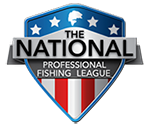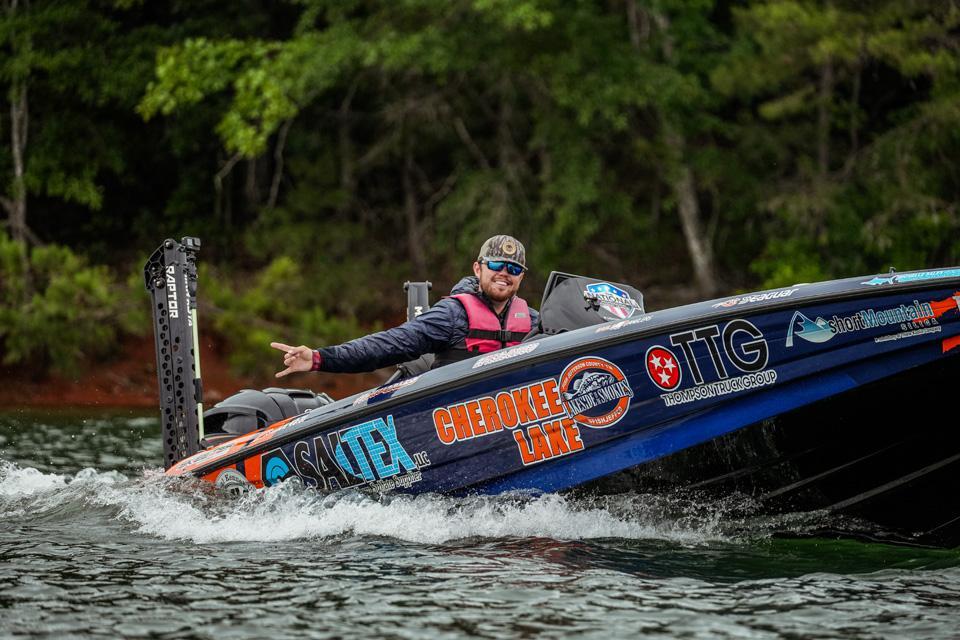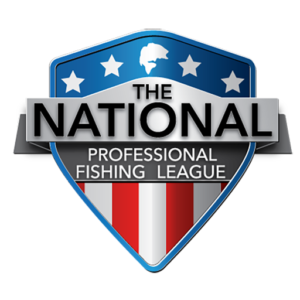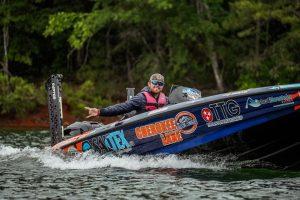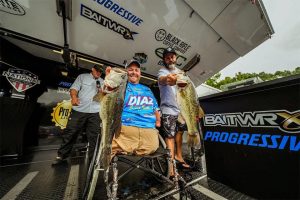Story by Hunter Sales | Photos by Tanner & Travis Lyons
When most people think of their first exposure to bass fishing, they think of summertime and childhood memories. My story is no different. I fell in love with bass fishing as a 12-year-old on the banks of Cherokee Lake in July at May Springs Campground. What I didn’t know was that these were some of the toughest conditions a bass fisherman could face! The summertime heat can make bass fishing across the southeast challenging. July and August are historically referred to as the “dog days.” This hot and humid period can be challenging, but there are still fish to be caught. I’ll share a few tips on my favorite ways to approach this period.
Since returning home from the St. Lawrence River and ICAST, I’ve spent a fair amount of time on both Douglas and Cherokee lakes in Jefferson County, Tennessee as well as a couple of other East Tennessee lakes. What I’ve seen recently is typical for late July and early August patterns throughout the entire southeast region over my career.
This time of year, two primary pattens emerge. One group of fish moves super-shallow and takes advantage of the increased oxygen that comes from running water and other surface disturbances. The other group of fish remains out deep in their summertime haunts. Either group of fish can produce tournament-winning fish. My tournament approach usually blends both styles together.
The shallow fish are typically easier to catch and make their homes on high-percentage targets. I like to target the last wood in the back of creek channels, the last hard channel-swing bank in a creek that has running water, or any vegetation that is in the water. Lakes in this region typically start falling a few inches each day, which forces these fish to draw out to the last cover available. Additionally, crawfish and bluegill will be sliding out to these areas as the water level falls, creating a feeding opportunity. It’s really hard to beat a finesse jig for these shallow bass on hard cover. I don’t overcomplicate the colors, opting to stay with some variation of green pumpkin or brown. In low-light hours, a buzzbait can be a great way to catch a kicker.
Fish that are living in deep holes in July and August are often more plentiful, yet tougher to catch. They’ve been living in the same areas for months now, and today’s electronics can make finding them easier than ever before. Once you’ve located the bait and a school of bass, you have to get creative to get the school to fire. The same deep-diving crankbaits that we have talked about since May are unlikely to trigger a bite. The bass have simply seen too many of them over the summer. Rather, minnow-style baits, the Z-Man Finesse TRD, or other finesse plastics are my staples. Even then, the fish learn really quickly when they’re being targeted. I rarely catch more than 2-3 fish off any spot before having to change areas. In a tournament scenario, I like to catch a couple, then immediately move to a new location, letting these fish rest and reset for no less than 30 minutes before coming back. Additionally, this is the time of year when downsizing your line can really pay off. In spring and early summer, I throw fluorocarbon leaders from 8- to 12-pound test and rarely feel that I get more bites with a smaller size. This time of year, however, I have observed noticeable increases in the number of bites when switching from 10-pound fluorocarbon to a thinner line such as 6-pound Seaguar Tatsu.
In the dog days of summer, the weather is certainly hot, but the fishing can be, too. Next time you’re on the water, try these two approaches and continually rotate new water. I think you’ll see an increase in the number of bites you produce. I’m a big believer in stacking the odds in your favor and have no doubt that these are the best ways to do so this time of year.
Catch you soon!
Hunter Sales – Angler Profile
